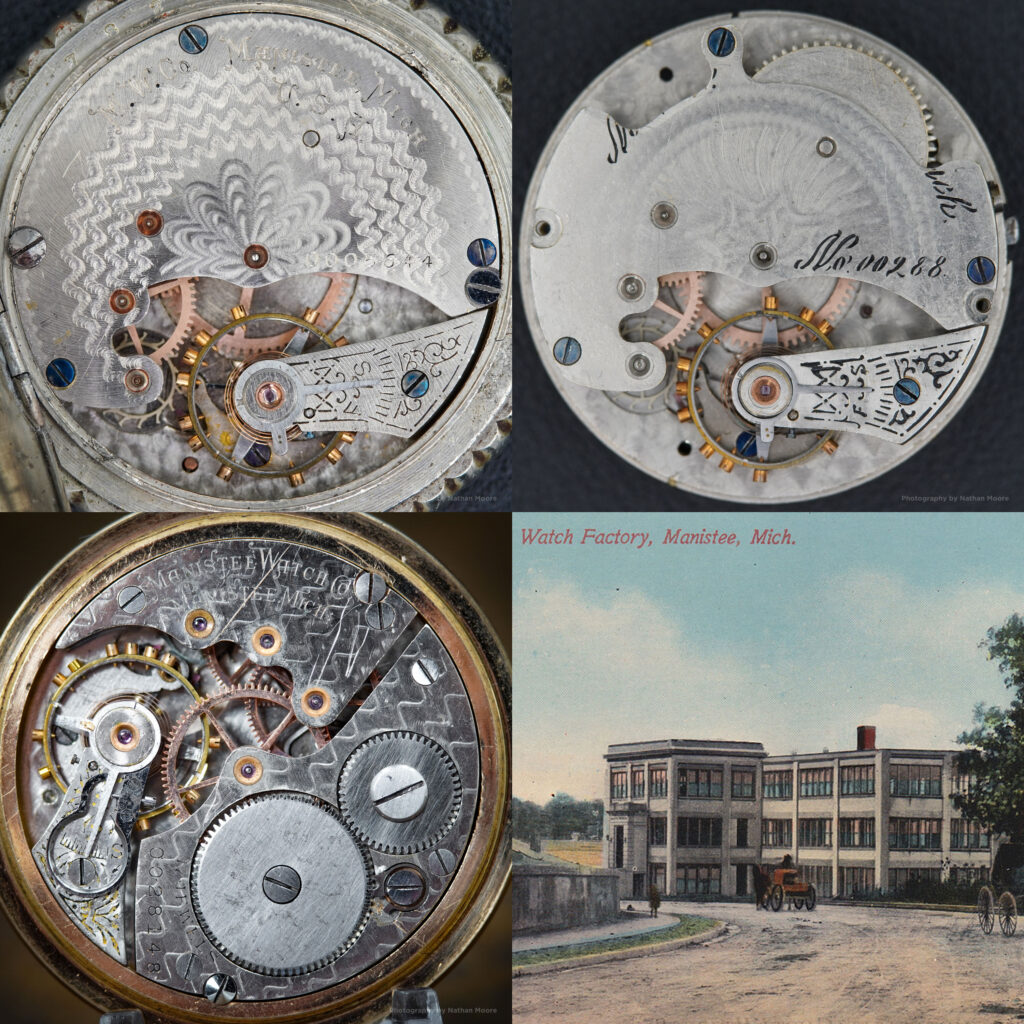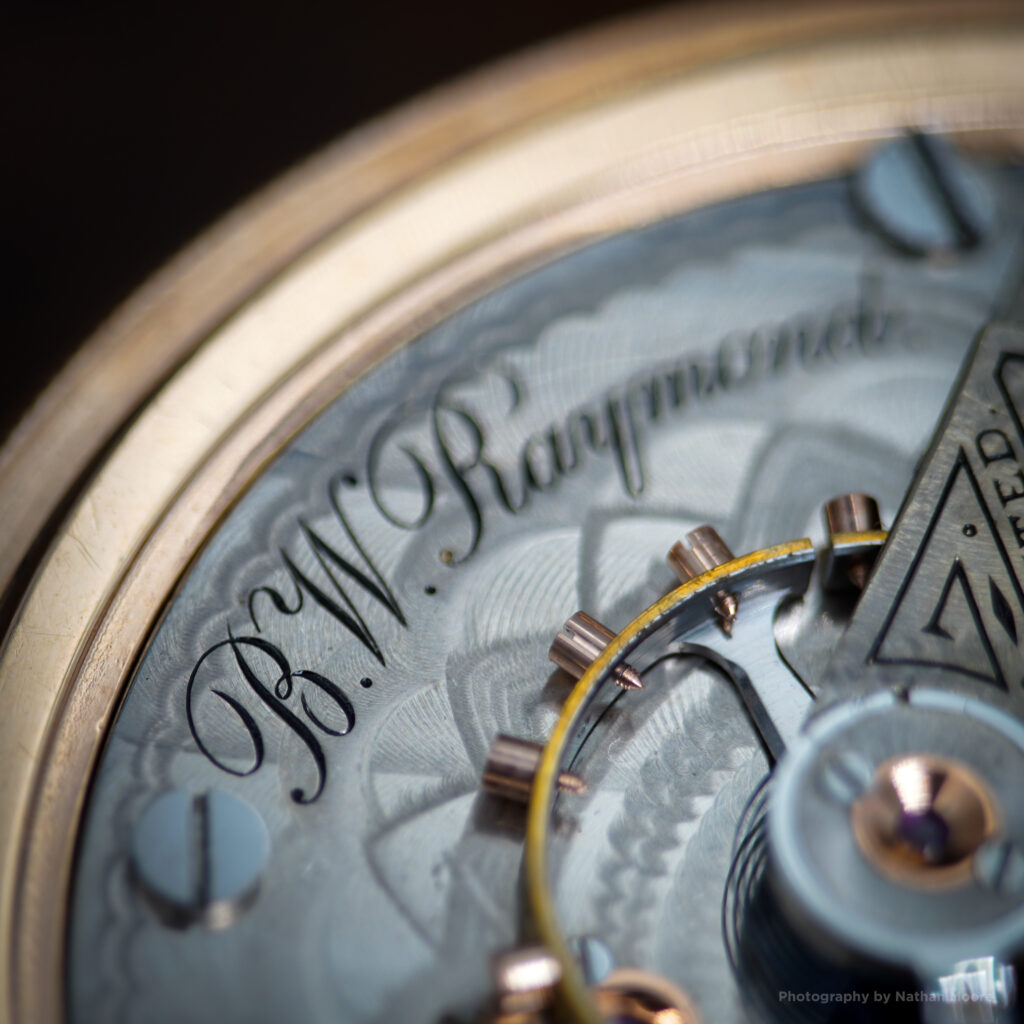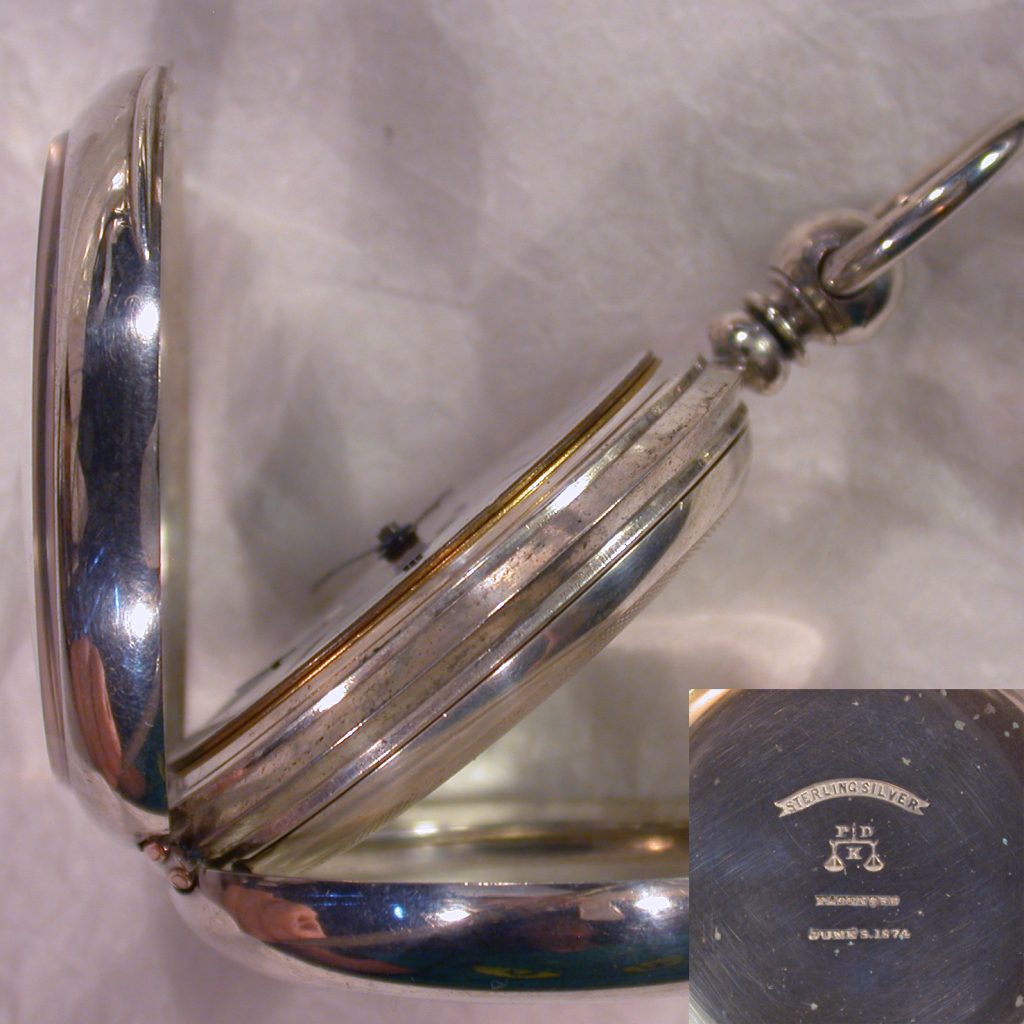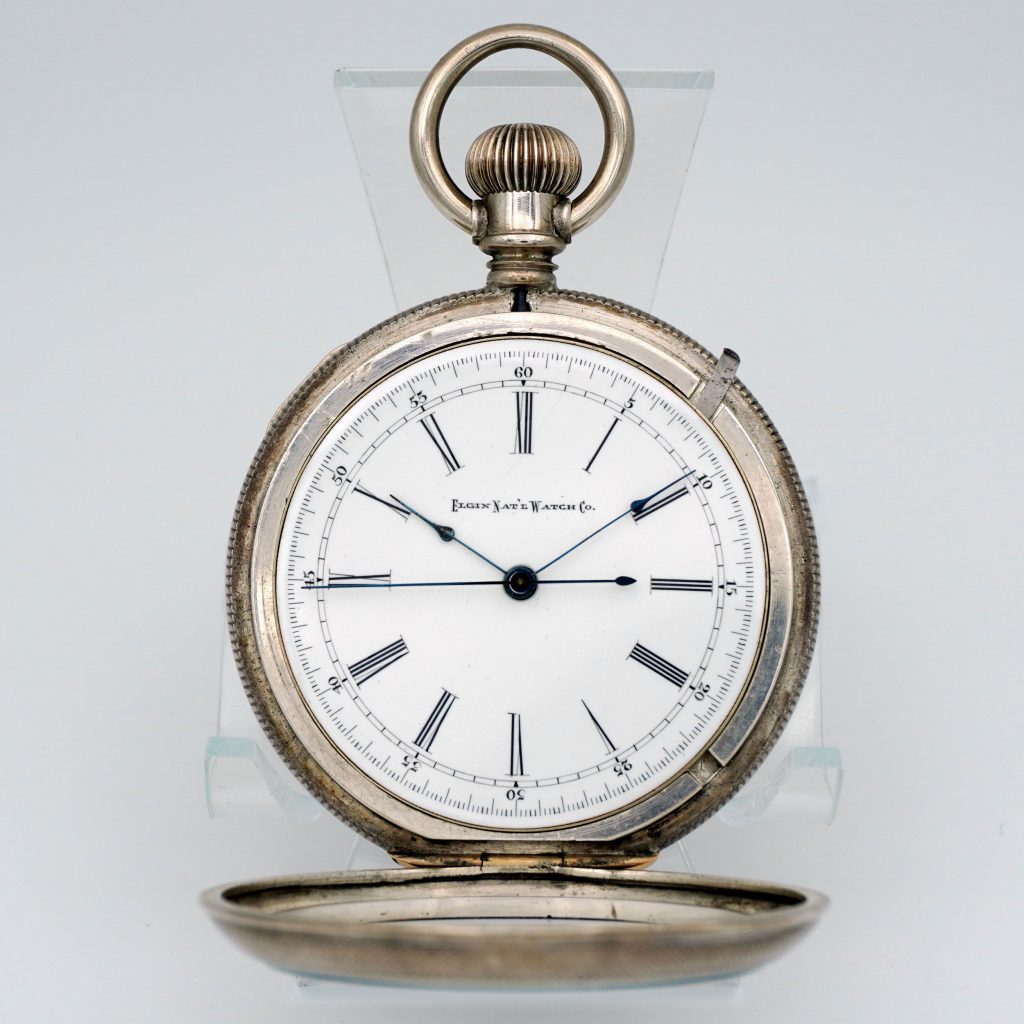Manistee Watch Company Estimated Production

Throughout the short history of the Manistee Watch Company, factory production was inconsistent and ensued with confusing methodologies. As a result, calculating the estimated production for this company has been a difficult challenge for modern researchers.
The Complete Price Guide to Watches (No. 36) estimates the total production from the Manistee factory to be 60,000. An article published in the NAWCC Bulletin in 1976 by George E. Townsend [NAWCC Member Link] implies the company had completed 50,000 movements by July 1911, and another 10,000 were produced by August 1912. However, analyzing surviving examples leads to a much different conclusion about the company’s total production.
In 1909, the company introduced an 18-Size movement as its flagship model. Many of these 18-Size movements were mysteriously mutilated to obscure the company name and location.
Around 1910, the company attempted to realign and compete directly with larger watch companies by introducing a 16-Size movement into the market. However, sales were never successful enough to allow the company to regain traction, and the company failed in 1912.
While no factory records survived, surviving examples have provided the opportunity to compile estimated production runs for the Manistee Watch Company.
18-Size Movements
The company’s 18-Size movements were produced with serial numbers under 10,300. The modified “cutout” plates occur sporadically throughout this production, with no clean and clear transition. For this reason, it is difficult to determine the exact number of movements with intact plates versus movements with cutout plates. A rough estimate of surviving examples suggests that approximately 80% of the 18-Size movements were modified with the cutout plates. As a result, the Manistee 18-Size movements with intact plates are the rarer variant.
Serialized production of the 18-Size movements likely occurred continuously despite some gaps in representative surviving examples for particular serial ranges.
16-Size Hunting Movements
Following a significant gap in the reserved serial blocks, the Manistee 16-Size Hunting movements were marked with serial numbers 25,001-34,100. Based on the gap that follows this production, the company originally reserved serial numbers 25,001 through 38,000 for the 16-Size movements. However, the company’s failure resulted in this original block being terminated early.
16-Size Open Face Movements
The 16-Size open face production carried serial numbers 38,001-39,100, representing the rarest variation from the Manistee Watch Company. [Note: An observation was recorded at #39256, but it has yet to be personally verified and is possibly erroneous].
Estimated Production:
18-Size (Intact Plates): ~1,960
18-Size (Cutout Plates): ~8,340
16-Size Hunting: 9,100
16-Size Open Face: 1,100
Total Estimated Production: ~20,500
* This estimated production total might change in the future as more surviving examples are discovered and recorded.
[Special thanks to fellow researcher Andy Dervan for assistance with observations and insight into Manistee Watch Company production.]




Absolutely the best article I’ve read on watches.
Interesting article and a true mystery about the mutilated plates. \
Are they mutilated in any random way, or is it more organized, as in, mutilated in the same way? I am going to do some research, but if they were destroyed in the same way I would think it indicates a recall, or, could be a business disagreement. Or maybe they realized they had a problem so did it to keep the watches out of production, but an opportunistic employee got a hold of them and black-market sold them.
If the destruction is varied, maybe public outcry? Scandal?
All just guesses, but I will see what I can figure out.
Jimmie – Great question. The “cutout” movements I have inspected have all received the same profile cut in the plates, suggesting these were all intentionally cut using a template or a jig of some sort. Essentially, the cuts on all the “cutout” movements are the same even though the serial number sequence does not indicate any before/after point in production related to the cutout vs. intact plates.
It is still a mystery. However, the way they were cut and the fact that around 80% of the 18-Size were modified suggests that there was a concerted effort to hide the company name – whether it was for quality issues or a liquidation scheme at some point… Still a story to be told here.